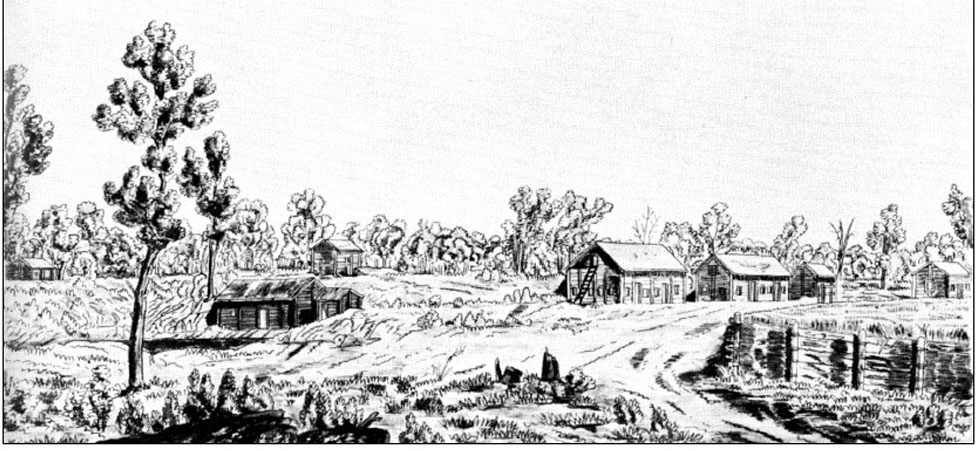The de Watteville Regiment in Red River
The Hudson’s Bay Company, a large fur trading business, owned vast tracts of land in the area now known as Manitoba. By 1812, the company had transferred much of this land to Thomas Douglas, the Earl of Selkirk. It was Selkirk’s idea to found an agricultural colony in Manitoba. He attempted to have the land settled by destitute Scots who had been pushed off their farms by their wealthy landlords.
The Northwest Company also was trading for furs in the unsettled territory. Their rivalry with the Hudson’s Bay Company often resulted in violence, including arson and even murder. The company opposed the settlements as they would interfere with their business.
When the de Watteville Regiment disbanded, Selkirk looked for armed men that he could hire to protect the settlers. He and his wife encountered members of the de Watteville and de Meuron regiments in Montreal, where the men awaited transport home. So, they hired about 50 veterans. Although most of them were de Wattevilles, as a group they became known as the de Meurons. Selkirk was especially interested in having what he called “Poles” take up land as he felt they would make excellent farmers. He attracted them by offering them more land than they had been offered previously at Perth and St. Francis.
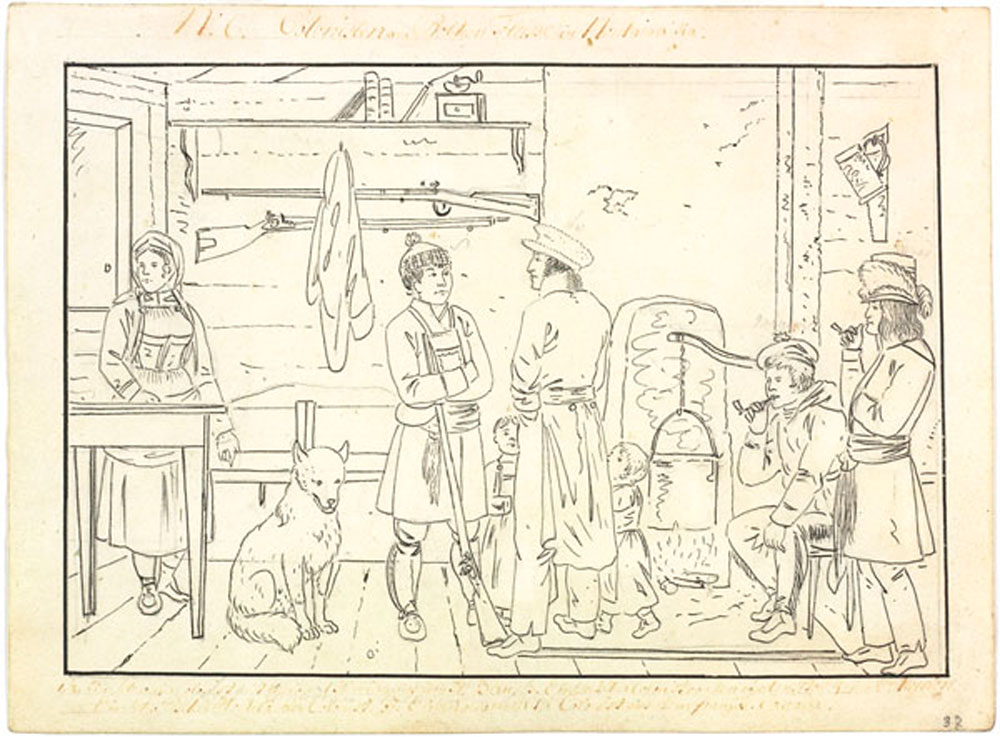
Red River settlers with a “de Meuron” soldier, 1822. Pen and ink drawing, Peter Rindisbacher. Library and Archives Canada.
Using their military skills, the de Watteville soldiers captured the Northwest Company’s trading post at Fort William. They briefly occupied it before heading further west.
Among the “de Meurons” was Andreas Korgto. Unmarried, he remained in the Red River Settlement until at least 1818 and is the only known Grand Duchy Lithuanian to live in Canada beyond the War of 1812.
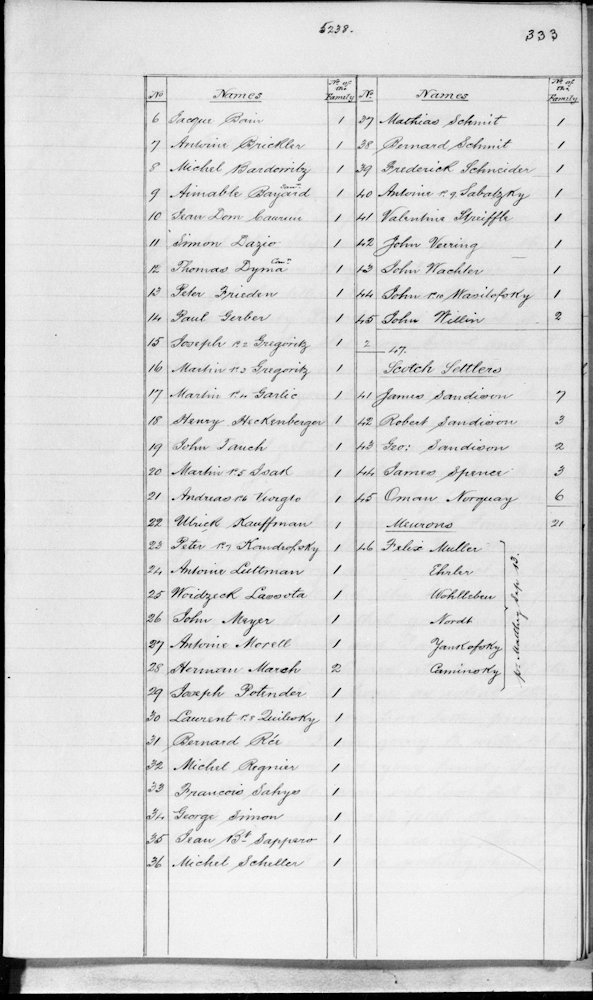
The second page of a census including military settlers in the Red River Colony, Aug 1818. Andreas Korgto is de Meuron settler no. 21. Cp. List of Settlers in Red River Settlement of August, 1818, Lord Selkirk Papers, Vol. XV, p. 5237-5238. Library and Archives Canada.
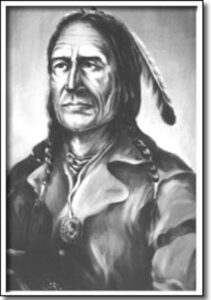
Chief Peguis of the Saulteaux, from a plaque installed at St. Peter’s Church, East Selkirk, MB. Manitoba Archives
The Red River settlement is significant in wider Canadian treaty history. In 1817, Selkirk and five chiefs and warriors of the Chippeaway or Sautaux Nation, and the Killistine or Cree Nation signed a treaty acknowledging the use of the land by the colony. Selkirk paid these nations for the use of the land with an annual quit rent of 100 pounds of merchantable tobacco.
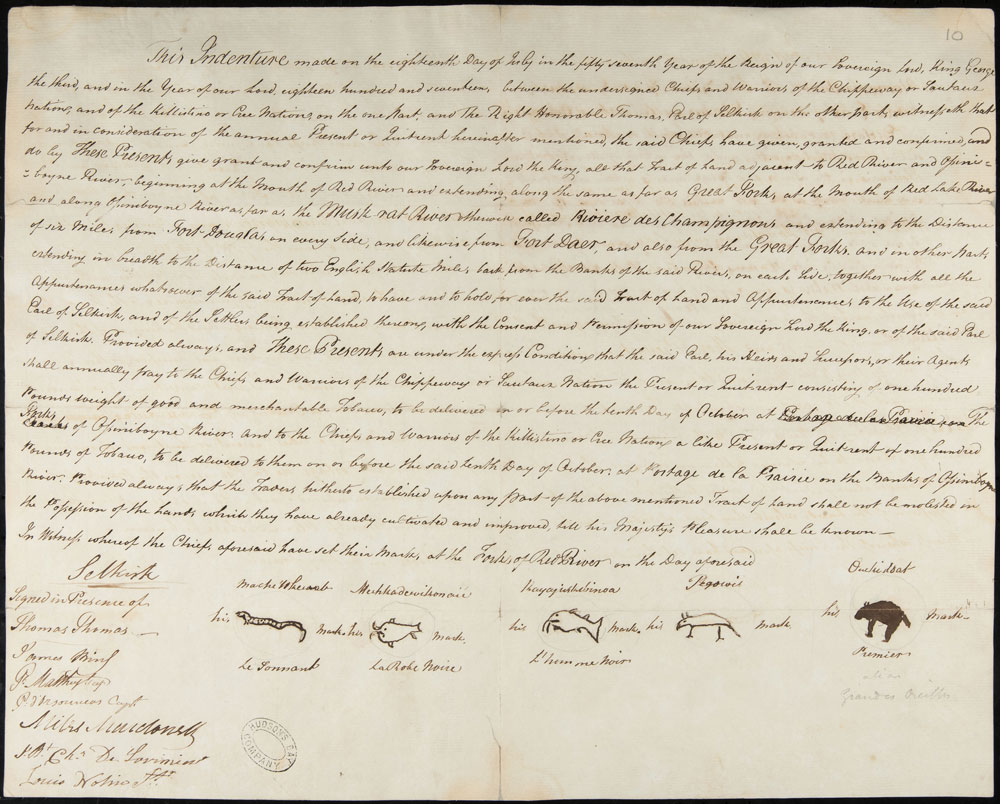
Treaty signed by the Earl of Selkirk with Chiefs and Warriors of the Chippeaway or Sautaux Nation, and the Killistine or Cree Nation, 1817. Manitoba Archives On July 18, 1817, Lord Selkirk signed the treaty with 5 leaders referred to in the document as “Chiefs and Warriors of the Chippeaway or Sautaux Nation, and the Killistine or Cree Nation.” In order to provide for the peaceful continuation of the settlement, Lord Selkirk and his representatives negotiated with Indigenous leaders in the area for possession or use of the land extending in two mile tracts along both sides of the Red and Assiniboine Rivers in exchange for an annual payment or gift.
This was the first treaty signed in Western Canada that recognized Indigenous land rights.


